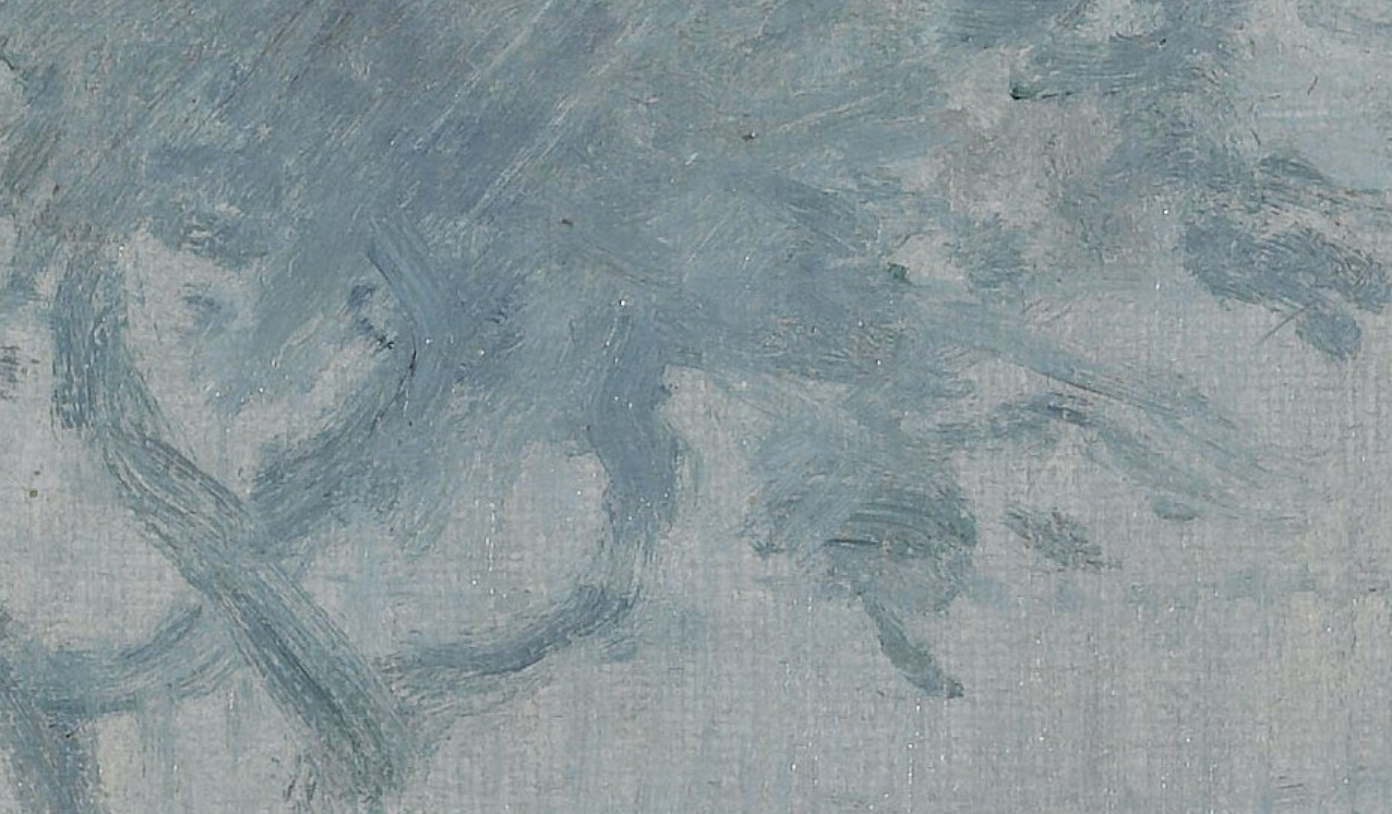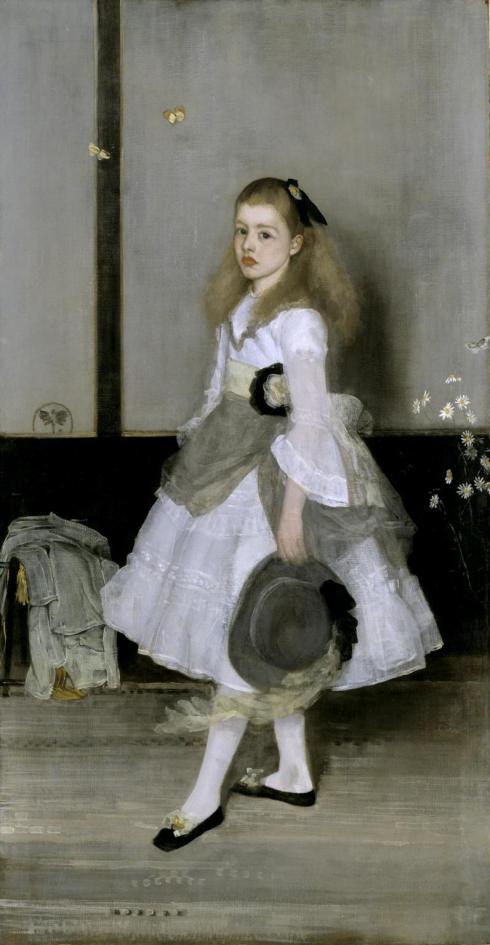“She’ll only come out at nightThe lean and hungry typeNothing is new, I’ve seen her here beforeWatching and waiting…
Money’s the matterIf you’re in it for loveYou ain’t gonna get too far
Watch out boy she’ll chew you upShe’s a maneater…”
 Kyōsai Kawanabe, Hell Courtesan, 1874, colour woodcut
Kyōsai Kawanabe, Hell Courtesan, 1874, colour woodcut
I usually appreciate the Japanese ukiyo-e prints because of their innovative compositions, or because of their sense of calmness or contemplation, but in this woodcut by Kyosai Kawanabe called “Hell Courtesan” it is definitely this strange and creepy mood that lured me and keeps luring me to gaze at it again and again. I mean, just the title alone, “Hell Courtesan”, yes – I want to see a painting by that name, absolutely. The visuals of this woodcut justify its title. “Hell Courtesan” shows an evil, blood-thirsty courtesan sleeping and dreaming, and the space around her represents her dreams. There is no need for a small crimson letter to be stiched onto her dress, for she is a walking ‘crimson letter’, wrapped in a fetching red robe. Even the King of Hell is seen peeking from the lower part of it. Looking at his crazy protruding eyes and a grimace on his blood red face, I am scared indeed; I certainly would not want to be dreaming of him, but in comparison to the King of Hell, this courtesan is even scarier and all the skeletons in the background are a living, no wait, a dead, proof of that. The skeletons might be seen as representitive of all of her victims. Perhaps for some murderers, to dream of their victims would be a nightmare, but to this courtesan it is a pleasant, fun almost, dream.
As it goes with old tales, the story about Hell Courtesan or “Jigoku Dayu” has many variations but generally it is said that the courtesan lived once upon a time in the pleasure quarters of old Japan and that she was very beautiful but also very cruel. She was wicked to everyone around her; her servants, fellow courtesans and even her clients. When she died suddenly one day the King of Hell forced her to wear an outer-kimono which was made out of all the souls of hell which were being tortured by the demons, and this was to be a constant reminder to her of how badly she had treated others when she was still alive. The skeletons seem rather jolly; the are dancing, laughing, joking and drinking, it’s a whole party going on there!
Kyosai Kawanabe has been called “the painting demon” and also “the last virtuoso of Japanese art”, well he certainly had a wild imagination as you can see in this woodblock. There is almost a sense of humour present in his work and skeleton do appear in his other artworks as well. Now that I think of it, his macabre spirit makes me think of James Ensor’s paintings. But now, to end a post, here is a song that kept reminding me of the painting, by Daryl Hall and John Oates called “Maneater”:








